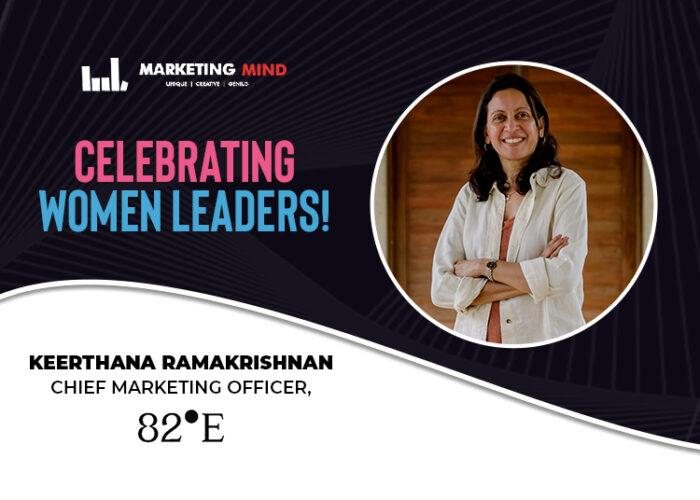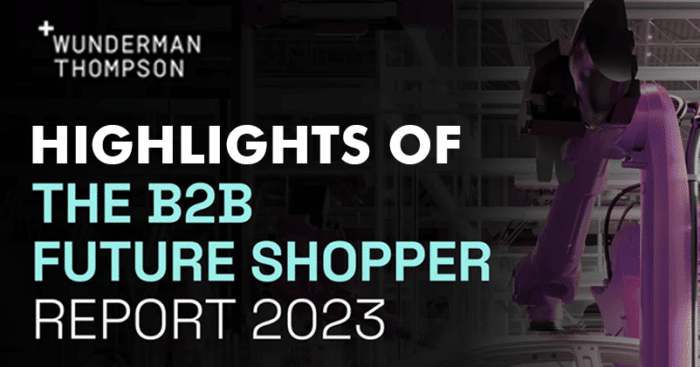The 3rd edition of Wunderman Thompson Commerce and Technology’s B2B Future Shopper report sheds light on some important consumer behavior data.
With inputs from and about leading e-commerce markets like Germany, The Netherlands, India, Japan, Brazil Australia, South Africa, and UAE along with the USA, The UK, and China, here is a round-up of interesting insights with respect to B2B shopping experiences, the role of marketplaces and sustainability.
Highlights
1. B2B buyers need to give thought to multiple factors in order to make a purchase decision. The topmost factor is Price (27%), followed by payment terms, product availability, easy return policy, and speedy delivery.

2. Factors that influence purchase decisions are customer ratings with reviews, promotions and marketing, physical and virtual trade events, industry thought leaders, advertising, colleagues and peers, etc.
3. Two new areas were explored in this year’s report- repeat orders and compressed commerce.
50% of B2B purchases are repeat purchases, with Australian B2B buyers the highest (57%) and Chinese buyers the lowest (36%). These purchases are reviewed every 49 days on average.
Consumers want to go through the purchase process, from inspiration to purchase, as swiftly as possible. This is called “compressed commerce” with 80% of global consumers and 81% of B2B shoppers wanting to act on this concept.
4. In most markets, consumers are not in favor of spending large amounts of money online. Indians are the most inclined to spend big while the Japanese are least inclined to do the same.
5. 51% of global B2B buyers say that B2B sellers don’t understand the friction points in the online buying experience.

This results in rising frustration levels, with many sellers believing that B2B sellers are not doing what’s necessary to make the online experience as effective as it could be.
6. According to studies, though online is more complicated for online B2B buyers than offline, it is still better than offline based on data accumulated across most metrics like ratings, research products, finding inspiration, approval process, customer service, price negotiations, customize orders, make repeat orders, etc.
7. 66% of global B2B buyers feel that the service that they get is more important than the B2B brand or company that they were buying from.
Also, the key pain points in the B2B buying process are slow delivery, payment options and terms, out-of-stock items, lack of product data, checkout process, difficulty in
finding products etc.
8. In order to elevate consumer experience, necessary changes and upgradation is indispensable. When asked about what change would bring better customer experience, myriad responses were received. Some of them were faster delivery, better stock availability, convenient and easy returns, better product range, less packaging, improved websites, faster product replacements, and so on.

9. With an exponential rise in marketplaces, Amazon Business commanded 36%of B2B buyers using it at least once for a B2B purchase, followed by eBay and Alibaba.
10. 67% of B2B buyers said that in the future they would like to conduct their online buying in the metaverse, using an avatar, stressing the need of using heightened technology experiences usage.
Summary
The appetite for digital innovation is on the rise among B2B buyers. And so is the awareness and concern regarding the impact of businesses on the environment.
Marketplaces have improved considerably, but there still exist areas for improvement.
Methodology
This study was conducted Censuswide, across industries like automotive, manufacturing, electric equipment & consumer electronics, fashion & apparel, finance, food & beverages (groceries), luxury goods, healthcare & beauty, pharmaceutical & medical or travel & transport
2,261 purchase managers, procurement managers, purchasing clerks, agents, purchasers, and c-level executives were approached for the report, who had a purchasing budget of more than $24,000 in companies with annual revenue of more than $595,000.












